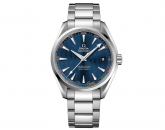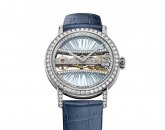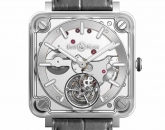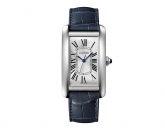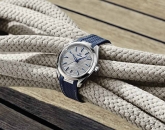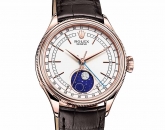Overnight Inspiration
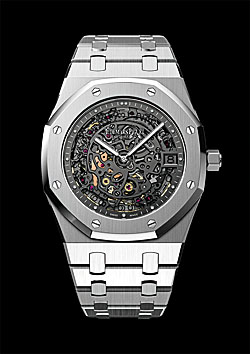 The story goes that on the eve of the 1971 Basel fair, Gerald Genta – a Swiss watchmaker known for his complicated, hand-designed movements, dials and cases –received a call from Georges Golay, Audemars Piguet's managing director. Golay explained that the brand's Italian distributor was pressing him for a functional, all-purpose sports watch to present to his market and that he needed the design by the next day.
The story goes that on the eve of the 1971 Basel fair, Gerald Genta – a Swiss watchmaker known for his complicated, hand-designed movements, dials and cases –received a call from Georges Golay, Audemars Piguet's managing director. Golay explained that the brand's Italian distributor was pressing him for a functional, all-purpose sports watch to present to his market and that he needed the design by the next day.
At this time, Audemars Piguet was producing mostly high-end mechanical watches: complicated, jewelled or with extra-thin movements. But the company was moving towards the creation of quartz movements, as most Swiss watchmakers were doing at the time, as the industry was in the early stages of the quartz revolution, which was being led by the Japanese. For a brand that had been around for almost a hundred years however, Audemars Piguet didn't want to lose its edge in the mechanical department, and there were still many markets that preferred it, hence Golay's last-minute request.
Genta had just one night to fashion a watch that would ordinarily take several weeks, but fortunately inspiration hit. By early morning, an idea for a sports watch was on paper. It was based on a diving suit helmet that he has seen as a child on the Pont de la Machine in Geneva, one with an octagonal bezel with eight hexagonal screws that would become the Royal Oak's signature. The watch had an integrated bracelet with intermediate tapering links, a design that has never been fundamentally altered to this day.
Pages
Click here to see the published article.


